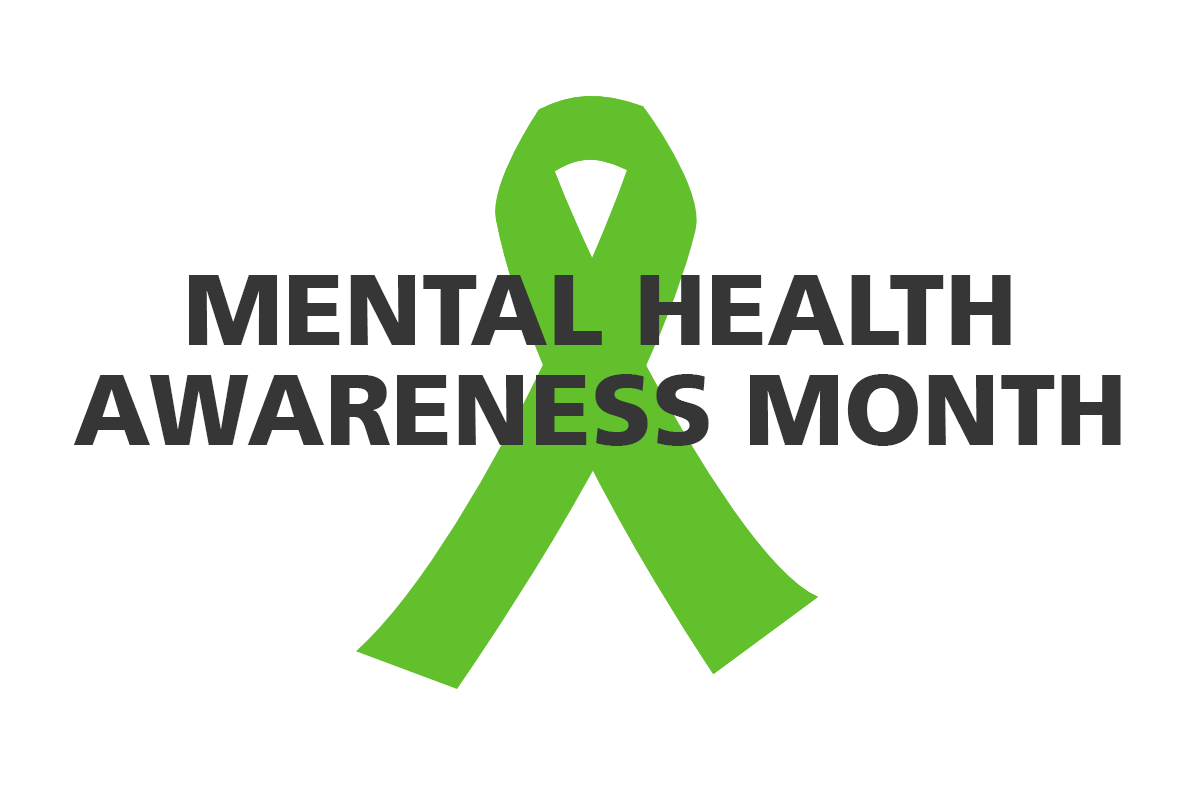Transparency is extremely important to us, so we are letting you know that we may receive a commission on some of links you click on from this page. See our disclaimer.
 May is National Mental Health Month, and a focus on mental health is an increasing part of companies' overall health management — and cost management — strategies. And according to HealthLeaders Magazine, it's easy to see why:
May is National Mental Health Month, and a focus on mental health is an increasing part of companies' overall health management — and cost management — strategies. And according to HealthLeaders Magazine, it's easy to see why:
“According to the National Institute of Mental Health, in 2014 an estimated 43.6 million—or 18.1% of U.S. adults age 18 or older—experienced any form of mental illness (AMI, which includes mental, behavioral, or emotional disorders, but excludes developmental and substance use disorders). That same year, about 4% of U.S. adults, nearly 10 million, had serious mental illness (SMI, which results in serious functional impairment that substantially interferes with or limits one or more major life activities).”
Said David Deopere, PhD, corporate vice president for behavioral health development at Des Moines, Iowa–based UnityPoint Health: “I think CEOs and healthcare leaders across the country are realizing, as they move toward value-based contracting, behavioral health is a unique variable that can help accomplish the Triple Aim.”
According to the Alliance on Mental Illness, “some $193 billion per year in workplace earnings is lost due to untreated mental illness. Plus, individuals living with serious mental illness face an increased risk of having chronic medical conditions, and adults living with serious mental illness die, on average, 25 years earlier than other Americans, largely due to treatable medical conditions.”
One approach to address the concerns is to better connect with primary care. Some studies have shown such an approach can result in meaningful results and cost saves.
Said Martha Whitecotton, MSN, FACHE, senior vice president of behavioral health services at Carolinas HealthCare System in Charlotte, NC: “We know behavioral health integration in primary care works. We've had 90 randomized controlled trials that have proven it.”
The piece, authored by Jennifer Thew, RN is the senior nursing editor at HealthLeaders Media, states: “One of the most well-known assessments of behavioral health integration into primary care is the IMPACT trial out of the University of Washington, which refers to Improving Mood Promoting Access to Collaborative Care Treatment. Over two years, researchers tracked about 1,800 depressed adults in 18 primary care clinics across the country. Half the patients received typical care from their primary healthcare providers (including medication regimes and referral to specialty mental health services), and half the patients received care based on a collaborative care model that includes training primary care providers and their embedded behavioral health colleagues in evidence-based medication or psychosocial treatments.”
“After 12 months, about half of the patients in the collaborative care cohort reported a 50% or greater decrease in depressive symptoms. Only 19% of the patients in the standard care cohort reported a reduction in symptoms. There were major cost savings when behavioral healthcare was integrated with primary care. For each dollar spent on its collaborative care model, $6 in healthcare costs were saved.”





0 Comments